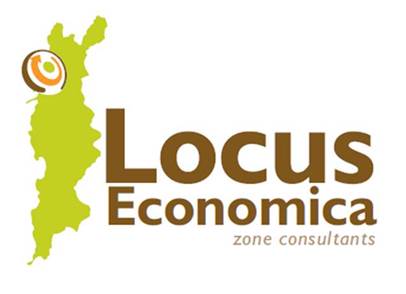Haiti
The Haitian economy has struggled to recover since the devastating 7.0 magnitude earthquake that destroyed much of Port-au-Prince and neighboring areas in 2010. Though GDP growth rose to 5.5% in 2011, it has significantly slowed in more recent years. Nevertheless, extreme poverty has fallen from 31 to 24%, primary school participation rates have risen from 78 to 90%, and 1.4 million out of 1.5 million internally displaced people have left the camps since the earthquake.
Remittances are the primary source of foreign exchange, at over one-fifth of GDP. Haiti’s main industries include textiles, sugar refining, flour milling, cement, and light assembly. Haiti’s 1987 investment code grants foreign investors equal treatment to national investors and provides tax incentives.
Haiti adopted a Law on Free Trade Zones (FTZ) in July 2002 and established the Lafito Industrial Free Zone in 2015. Locus Economica has reviewed existing industrial zones legislation and drafted a new SEZ law for the country.
Since Locus Economica work was launched, Caracol Industrial Park was built in 2012 for $300 million, backed by the IDB and the Clinton Foundation. Operated by SONAPI, its 15 pre-built factory sheds employed 14,000 people as of 2018. SONAPI also runs Metropolitan Industrial Park in Port-au-Prince. Its Phase I has 6 buildings (including 2 factories), with Phase II construction on 5 further buildings (including 3 factories) begun in 2018 and expected to create 10,000 jobs by end-2019. CODEVI industrial park has also grown substantially since 2011, now employs over 11,000 people, and expects to employ 14,000 by the end of 2019 year and eventually up to 25,000 workers.


Under several successive assignments throughout 2013, the World Bank and the Ministry of Industry of Haiti, contracted Locus Economica to review existing industrial zones legislation and draft a new SEZ law for the country. Locus Economica also made high-level presentations to various stakeholders in the country while they workshoped and validated the proposed bill. ...